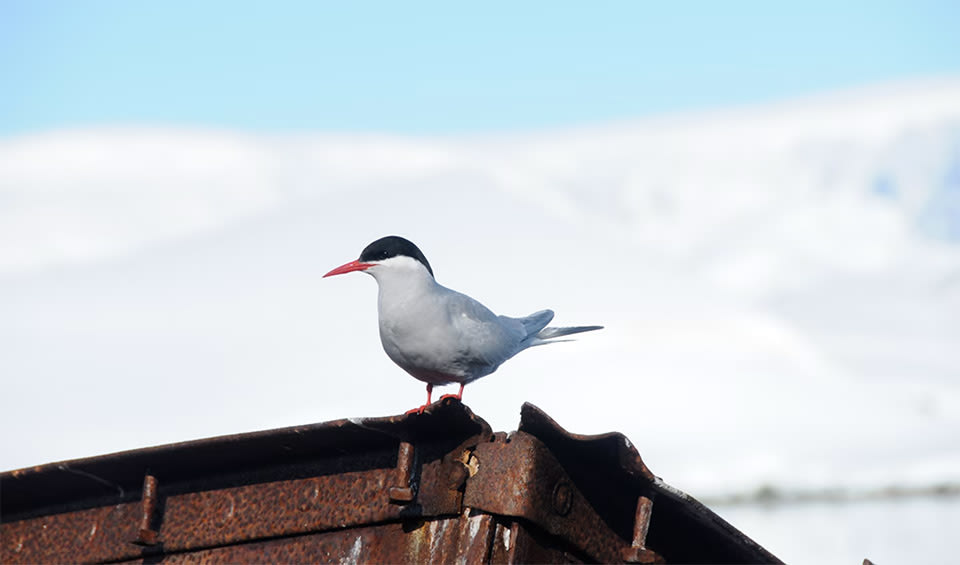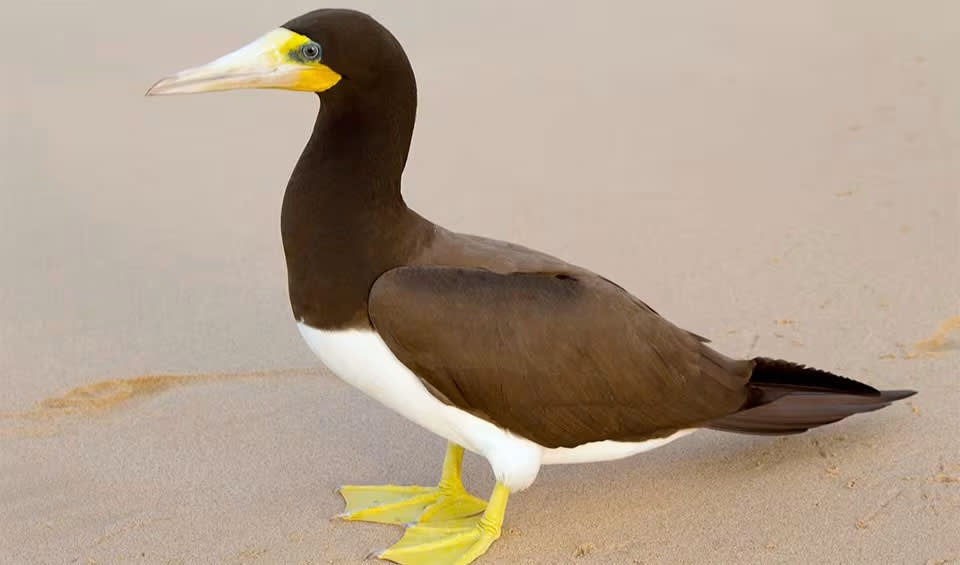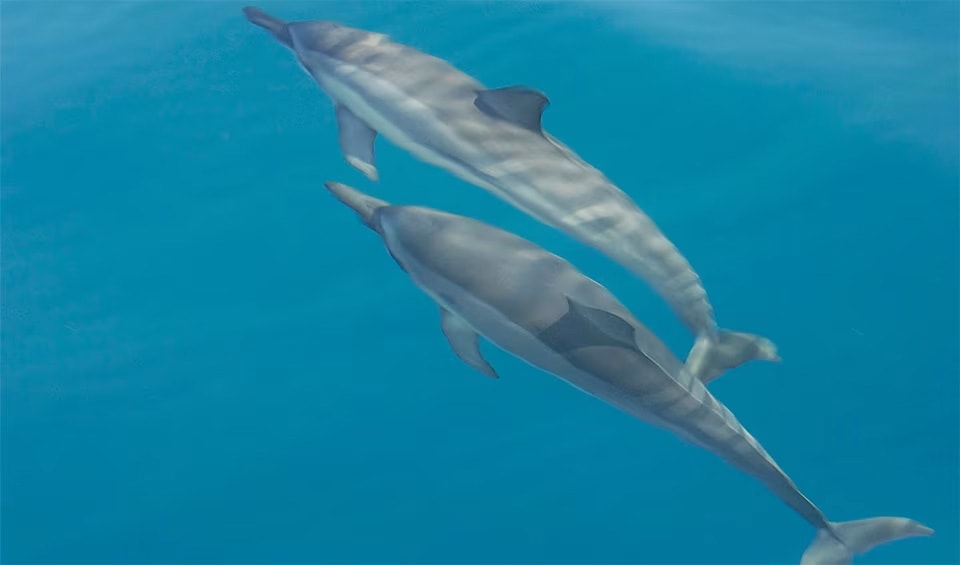The Marshall Islands, officially known as the Republic of the Marshall Islands, is a sprawling chain of atolls and islands in the central Pacific Ocean, situated between Hawaii and Australia. Comprising 29 atolls and five isolated islands, the total land area is about 181 km² (70 mi²) spread over 1,942,000 km² (749,810 mi²) of ocean. With a population of approximately 58,000 people, the Marshall Islands is known for its stunning marine environments, cultural heritage, and strategic location.
The islands boast beautiful white sand beaches leading into clear, turquoise lagoons, perfect for swimming, snorkeling, and kayaking. Rich with marine life, these lagoons provide essential habitats for fish, corals, and other marine species. Surrounding the atolls are extensive coral reefs, home to abundant marine biodiversity, protecting the islands from ocean swells, supporting local fishing communities, and offering prime destinations for diving and marine research.
Four pillars elaborated:
The Marshall Islands, an island nation in the Pacific Ocean, has designated several areas for protection, covering both terrestrial and marine environments. To conserve its rich marine biodiversity, the Marshall Islands has established a network of marine protected areas (MPAs) that cover a significant portion of the country’s exclusive economic zone (EEZ) and protect diverse marine life, including fish, corals, and sea turtles. Additionally, the nation has several terrestrial protected areas that safeguard important habitats for native plants and animals, including forests, wetlands, and coastal areas. Land Management
Land Management
The Marshall Islands are facing significant threats to their biodiversity, primarily from invasive species like rats, which disrupt native species and habitats. Inadequate potable water supplies and pollution from household waste, particularly affecting the Majuro lagoon, pose additional challenges. However, the most pressing threat is rising sea levels and climate change, which endanger the islands’ biodiversity and unique habitats. The warming climate jeopardizes the delicate balance of the island ecosystem, with serious implications for both wildlife and human livelihoods. Threats to Biodiversity
Threats to Biodiversity
The government of the Marshall Islands, in collaboration with organizations like Island Conservation and the Secretariat for the Pacific Regional Environment Program, has been actively involved in conservation efforts. Their dedication is evident in the successful eradication of invasive rats from Irooj, showcasing their commitment to protecting the islands’ biodiversity. Capacity and Governance
Capacity and Governance
These initiatives are part of the Regional Predator Free Pacific program, funded by the Global Environment Facility, which aims to develop and implement comprehensive invasive species management frameworks to effectively reduce threats to terrestrial, freshwater, and marine biodiversity in the Pacific.
The Marshall Islands’ National Biodiversity Strategy and Action Plan (NBSAP) provides a comprehensive framework for conserving and sustainably managing the country’s rich biodiversity, aiming for significant progress by 2030. Developed in collaboration with various stakeholders, the NBSAP focuses on key objectives such as protecting and restoring critical ecosystems and habitats, promoting the sustainable use of natural resources, enhancing knowledge and awareness of biodiversity, and building capacity for biodiversity conservation. Future Trends
Future Trends
Biodiversity
The rich biodiversity of the Marshall Islands is primarily marine-based, with diverse ecosystems supported by coral reefs and lagoons. The terrestrial flora is limited due to the atolls’ small land area and saline conditions, but includes coastal plants such as pandanus, coconut palms, breadfruit trees, and native shrubs, which stabilize sandy soils and provide resources for the local population.The islands’ fauna includes various bird species like the Micronesian kingfisher, white tern, and great frigatebird, with the islands serving as key breeding grounds for seabirds. Marine life is especially abundant, with coral reefs hosting a number of fish species, numerous corals, and other marine organisms, while the lagoons and reefs are home to sea turtles, dolphins, and occasional sightings of whales and sharks.
In the table below are the number of known species in several main groups, how many of these species are Threatened with extinction, and how many of them are Endemic (unique to Marshall Islands only):
| Species (World rank) |
Threatened | % Threatened | Endemic | % Endemic | |
|---|---|---|---|---|---|
| Mammals | 20 (#204) | 1 | 5.0% | ||
| Birds | 61 (#202) | 6 | 9.8% | 1 | 1.6% |
| Reptiles | 11 (#176) | 4 | 36.4% | ||
| Amphibians | |||||
| Fishes | 958 (#56) | 26 | 2.7% | 8 | 0.8% |
| Plants | 455 (#198) |
mammals
Pantropical spotted dolphin
A champion swimmer and a social butterfly of the warm seas
Common bottlenose dolphin
Known for their acrobatic leaps, twisting and turning gracefully as they jump completely out of the water
birds
Great frigatebird
These birds spend weeks in the air and hunt, preen and even sleep while in flight
Arctic tern
This bird can give any cross-country runner a run for their money
Brown booby
An impressively acrobatic bird that can catch flying fish mid-jump
reptiles
Leatherback sea turtle
The mysterious diver of the ocean is the largest and only sea turtle without a hard shell and scales
Green sea turtle
Largest hard-shelled sea turtle on earth
Hawksbill sea turtle
Its slender frame and narrow head bear a beak curved like a hawk’s, earning this marine marvel its name
National Animals
Spinner dolphin
Acrobats of the ocean can spin up to seven times in the air
Brown noddy
They bob their heads up and down as they fly, which is actually how they earned the nickname “Noddy”














